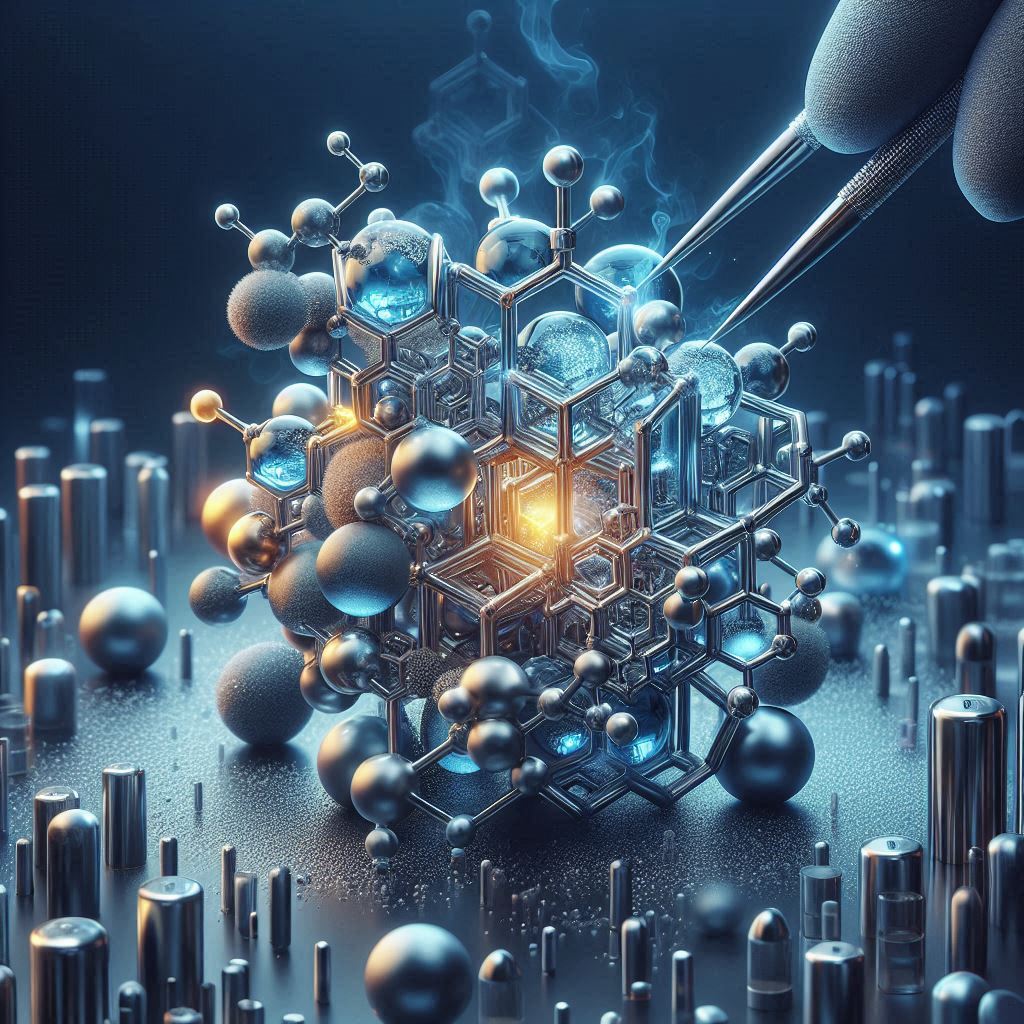Introduction: Titanium Dioxide Boric Acid
Catalysts have revolutionized the field of chemistry by speeding up reactions and making processes more efficient. Among many available materials, titanium dioxide (TiO2) combined with boric acid (H₃BO₃) has piqued the interest of scientists and researchers alike. This powerful duo holds the potential to open new horizons in catalysis, energy production, and environmental purification. In this article, we’ll delve into how these two compounds work together to create better catalysts and explore various applications and benefits.
Understanding Catalysts and Their Significance
Catalysts are substances that increase the rate of a chemical reaction without being consumed themselves. They play a crucial role in various industries, including chemical manufacturing, pharmaceuticals, and environmental protection. The efficiency of a catalyst is determined by several factors, such as its surface area, reactivity, and stability.
The Role of Titanium Dioxide
Titanium dioxide is a widely used photocatalyst, thanks to its ability to absorb ultraviolet light and initiate chemical reactions. Its properties make it an ideal candidate for applications like:
- Water purification: Breaking down contaminants and organic compounds.
- Air purification: Decomposing pollutants like nitrogen oxides and volatile organic compounds.
- Energy: Enhancing the efficiency of solar cells.
Why Combine Titanium Dioxide with Boric Acid?
Boric acid has unique properties that can be leveraged to enhance the performance of titanium dioxide. When these materials are combined, several desirable characteristics emerge:
- Increased surface area: Boric acid can help create more porous structures, allowing more active sites for reactions.
- Enhanced stability: The combination can improve the thermal stability of the catalyst, extending its useful life.
- Improved reactivity: Synergistic effects between the compounds can lead to higher reaction rates.
Main Applications and Benefits: Titanium Dioxide Boric Acid
The synergy between titanium dioxide and boric acid opens doors to innovative solutions in various fields. Below, we break down some key areas where this combination is making an impact.
Environmental Purification
Water Treatment
One of the most promising applications of TiO2 and boric acid catalysts is in water purification. The advanced photocatalytic properties enable the breakdown of harmful pollutants such as:
- Pesticides and herbicides: Degrading these chemicals into less harmful compounds.
- Heavy metals: Facilitating the removal of heavy metals like lead and mercury from water sources.
- Microorganisms: Destroying bacteria and viruses to ensure safer drinking water.

Air Quality Improvement
Air pollution is a growing concern globally. The titanium dioxide-boric acid duo can effectively decompose airborne pollutants:
- Nitrogen Oxides (NOx): Reducing the levels of these harmful gases, which are major contributors to smog and respiratory issues.
- Volatile Organic Compounds (VOCs): Breaking down these compounds to reduce their impact on indoor and outdoor air quality.
Energy Sector
Solar Cells
Titanium dioxide is already a key component in dye-sensitized solar cells. The addition of boric acid can further enhance efficiency by:
- Increasing light absorption: Creating a larger surface area for capturing sunlight.
- Improving electron transport: Facilitating the movement of electrons, thus boosting overall cell efficiency.
Hydrogen Production
Hydrogen is a clean fuel with the potential to revolutionize energy systems. Photocatalysts can assist in producing hydrogen through water splitting. The TiO2 and boric acid combination enhances this process by:
- Providing a higher reactive surface area: Leading to more efficient hydrogen generation.
- Increasing stability: Allowing the catalyst to withstand the harsh reactions involved in water splitting.
Future Prospects: Titanium Dioxide Boric Acid
The benefits of using TiO2 and boric acid catalysts are vast, but ongoing research continues to uncover new possibilities. Some future prospects include:
- Customized catalysts: Tailoring the composition and structure for specific applications.
- Industrial scaling: Developing cost-effective methods for large-scale production and deployment.
- Environmental monitoring: Creating sensors and devices to detect and degrade pollutants in real-time.
Conclusion: Titanium Dioxide Boric Acid
The combination of TiO2 and boric acid represents a significant advancement in the field of catalysis. By enhancing the properties of each component, this duo offers promising solutions for environmental purification, energy production, and beyond.
By continually exploring and refining these materials, researchers and engineers can develop more efficient and sustainable processes, ultimately contributing to a cleaner and greener world.
“The synergy between titanium dioxide and boric acid opens doors to innovative solutions in various fields, making it a standout combination in the quest for better catalysts.”
If you found this article informative, consider sharing it with your network to spread awareness about the benefits of advanced catalysis.
For further reading, you can check out the latest research articles on TiO2 and boric acid.
Call to Action
What applications of TiO2 and boric acid spark your interest the most? Drop a comment below or reach out to discuss how these materials might transform your industry. Let’s get the conversation started!
Buff Titanium Dioxide: Is It The New Neutral For Interiors?





